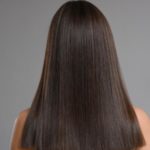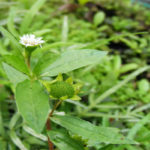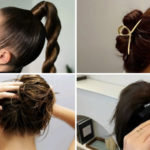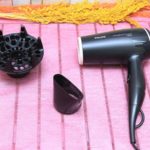Causes of Hair Damage
Hair is damaged when strong chemicals are used in hair curling, straightening, dyeing, bleaching, etc. These chemicals attack the cuticle layer of the hair. When the hair is severely damaged by chemicals, the cuticle layer will be eroded, revealing the hair shaft.
Chemicals reduce the overall mechanical properties of the hair fiber, causing damage to the protein structure as well as surface damage to the hair. Therefore, repeated color processing and chemical use or excessive use of heat styling tools can alter the hair’s structure.
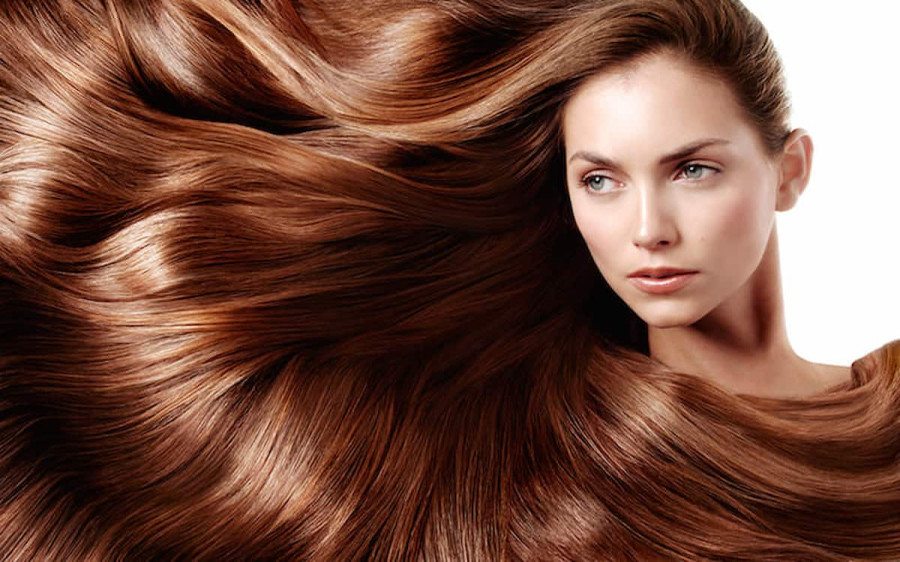
How to Repair Damaged Hair
– Change your diet
Ensure that you consume plenty of protein, biotin, iron, vitamin E, C, and A in your daily meals.
Foods such as eggs are not only rich in protein but also rich in nutrients such as zinc and selenium that help maintain the health of hair. Fish, which contains omega-3 fatty acids and protein, as well as various vitamins and minerals, is also beneficial for hair health. Zinc-rich nuts, linolenic acid, and vitamins help maintain healthy hair and skin.
– Regular haircuts
Get a haircut every 6-8 weeks to remove or prevent split ends. Split ends also make the hair more prone to breakage, dryness, and damage.
– Change your shampoo and conditioner:
Look for shampoos and conditioners that contain hair-supporting ingredients such as proteins. Avoid products that contain sulfates, strong surfactants that can cause hair loss. When shampooing, there is no need to use too much shampoo.
– Moisturize your hair
It is important to provide moisture to your hair by applying oils, serums, or essences to care for damaged hair. These products temporarily improve the appearance and moisture of the hair strands.

– Scalp care
Before shampooing, brush your hair with a thick and soft comb. This not only removes dirt and dead skin cells from the scalp but also massages the hair and scalp to better absorb shampoo and hair care ingredients. When shampooing, use your fingertips and gently massage.
– Limit heat styling: Limit blow-drying and hot styling after each shampoo. Hot air from hair dryers can irritate the scalp and damage the hair’s protein. If possible, it is best to use cool air to dry your hair.
In addition, it is also necessary to minimize the use of heat styling tools, limit chemical use, and protect the hair from excessive exposure to sunlight.


























